A new generation of emerging collectors has arrived. They travel around the world, are active online and have access to more information and works than ever before. Freddy Insinger is one of them. He is one of the collectors from what he called the “scroll-and-swipe” generation. He started collecting art at the age of 13 and is now one of the 25 Ambassadors of the Stedelijk Museum in Amsterdam. He has shared with Larry’s List the advantages and challenges of collecting art at a young age.
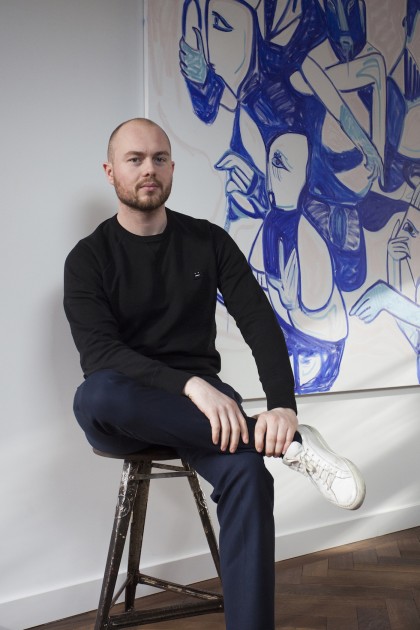
Collection
What is the main motivation behind your collecting? What made you want to start collecting art?
The process or “the hunt” is probably the most interesting and satisfying part for me. Being rewarded with a work that truly fits your collection after a painstakingly long hunt can be the cherry on top of a delicious cake. For me, it is the emotional value, sweat and financial pain sometimes that comes with the hunt that is the embodiment of ‘collecting’ – purchasing art is just a minor consequence.
Aside from the hunt, I also enjoy meeting new people, visiting galleries and traveling to the many art fairs.
For me art and everything that comes with it, is a sense of belonging and purpose, something I feel we need as humans.
What was the first artwork you purchased?
I was 13, and after a summer of endlessly washing cars, I bought my first artwork. It was a piece by the artist SEEN. I still have it today and will never sell it. This work is permanently in my house, whereas I often tend ti re-hang the other works in my collection. I called Sotheby’s and asked them where I could buy graffiti paintings. Back then, auction houses barely delved into ‘street art’, so they recommended this 13-year-old kid to a very very tiny gallery. I remember getting an outrageous discount. Of course today, we all know SEEN as the proclaimed ‘godfather of graffiti’.
What is your focus regarding the artists in your collection? Are you more interested in emerging or renowned artists?
Contrary to some collectors, I am interested in the thought process behind the works and what drives the artist. How distinct and divergent an artwork is also plays a role. I am interested in semi-emerging artists, that is to say usually those who have just found a gallery to represent them. You have to be very knowledgeable and talented to spot highly potential graduates fresh out of art school. I hardly know anyone under the age of 45 who has that skill. It takes years to hone and refine the senses towards art perception.
Why are you not interested in buying big names?
For me at the end of the day, it is less about the name of artists and more about the work itself.
Not every renowned artist is consistent in quality or impact across his/her life’s works. I prefer to go for an A-class work by a lesser known artist that fits my personal collection, rather than a mediocre work by a well-known artist. There is a reason why that work is for sale and affordable. You will always overpay for an outstanding work. “I think the question you should ask yourself is: Do you want the work or the deal?”
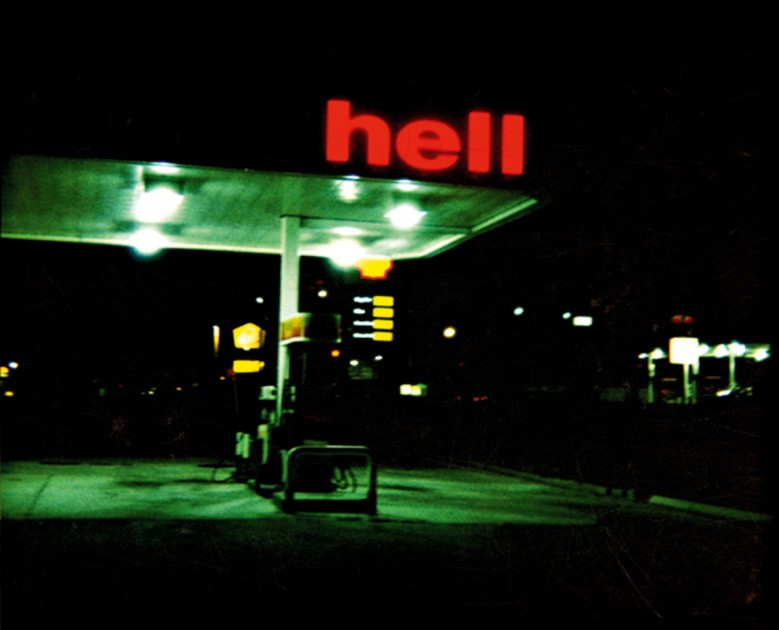
Is there any particular type of art that has consistently attracted you, or anything that unites all the works you have acquired?
My favorite medium is always oil paintings, nothing beats it. However, I am becoming more a more attracted to sculpture and video art. I am not afraid of conceptual art anymore. I like to think that the works in my collection will all move you one way or another and break with conventional ideas about art. I like works that challenge and kick-start a dialogue. In the coming years I expect to see a stronger pattern throughout my collection.
How does your taste evolve over all these years of collecting?
It is difficult to articulate emotional drivers that empower purchasing decisions. It sounds a bit lame, but it just takes a couple of years to build up some courage and buy certain types of art. Most people start with photography and what society verifies as normal and good-looking. In that perspective, art can be very boring.
My choices are becoming increasingly bold and risky; I have noticed that it’s a bit of a death-or-glory kind of thing.
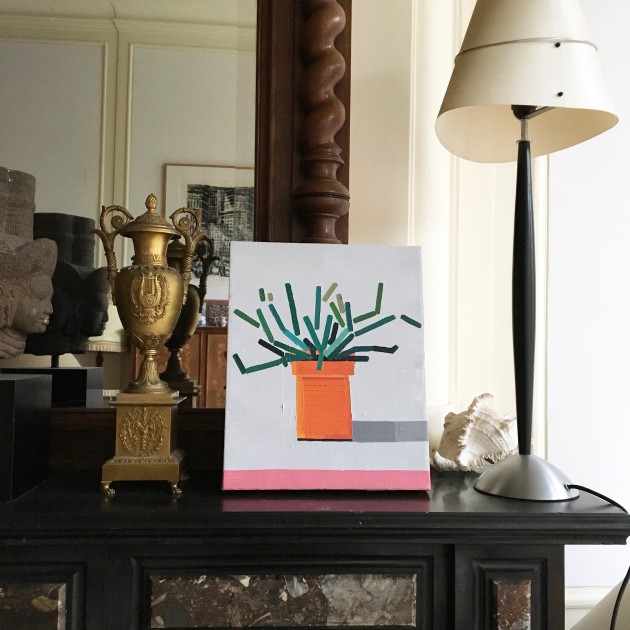
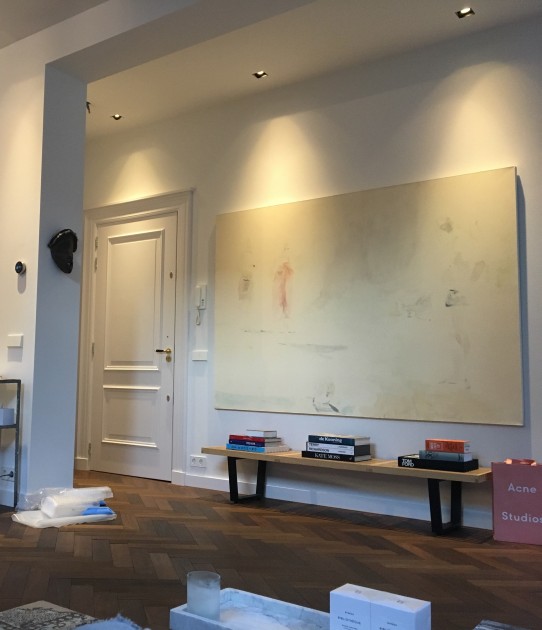
Where do you display your collection?
Unfortunately, I am running out of wallspace at home – every collector’s issue. I also don’t want too much art in a single space, as the artworks don’t get the attention they deserve or need in a confined and crowed space. Whenever I decide to switch artworks around and re-hang some things, I invite my friends over to see what other people experience when viewing the art. I am very delighted to be loaning my first works to a museum this year, and I feel very honored for that opportunity.
Would you wish to present your art collection publicly?
For some, it can be the ultimate recognition of the quality of their collection, and a reward for all the time and energy they have invested in it over the years. At this moment it’s not a priority or desire for me, but this might change in the future.
What is your vision for your collection in the upcoming five years?
I am always trying to develop a sense of focus and direction, which makes it increasingly easier to know what to acquire and what not to. There are a couple of artists on my wishlist that I would like to MUST add to my collection and the list is getting longer and longer I also save every article and data I can find about an artwork or an artist I have in my collection. I enjoy doing research on the artists, since it adds to my devotion and attachment to the artworks.
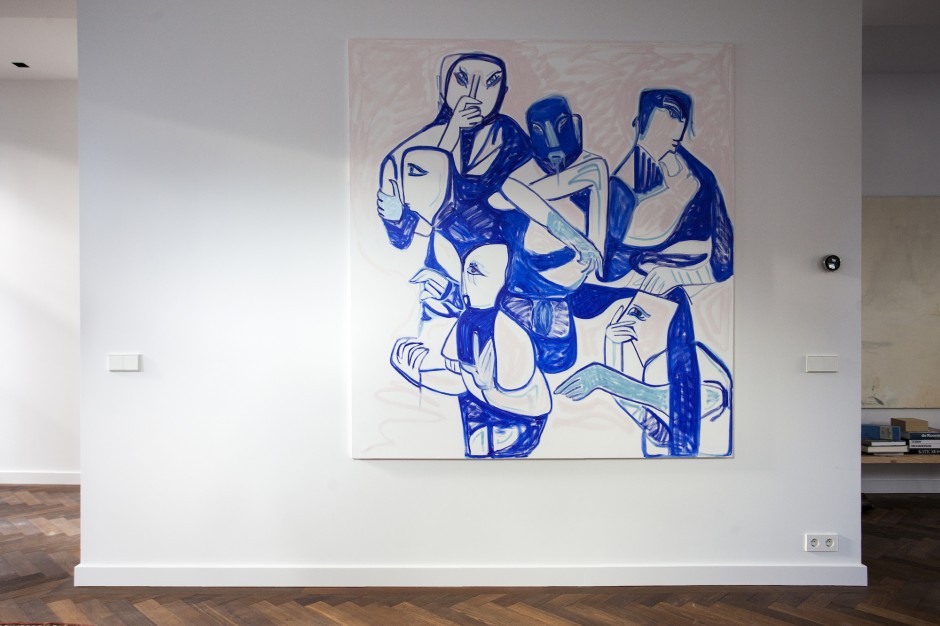
As you started collecting at a very young age, what are the advantages and challenges to start collecting at a young age?
I think the more art you see, the better your eyes get trained in art, so you can never see too much or start too early. over the years, I have been able to establish some great relationships with dealers, curators and galleries that have supported me along the way. Having started at a young age, their invaluable advice and mentorship have gotten me to where I am today. I recommend everyone who is new to the art world to find a mentor. Trust, transparency and loyalty are sadly not a given in the art world and have made me very selective when it comes to who I am buying from. Navigating the art world means following many unwritten rules, which can often only be learned by doing.
Which work in your collection has been the most difficult to obtain? How was the process?
Many of them actually – that’s part of the challenge and half the fun.
I once drove 14 hours in the oldest Toyota you can imagine, from Amsterdam to the snowy Alps. It had driven over 550k miles, and could fall apart any moment. Looking back I am very glad we actually made it. Other occasions, it took some convincing for a gallery to sell me a work.
Good galleries always act in the best interest of their artists and their artists’ careers, which means that sometimes they don’t want to sell to you as a young collector and starting collector. I am an advocate for a good balance between selling to young emerging collectors and to more established ones.”
I really have issues with some galleries who refuse to sell to emerging collectors, which make me never want to work with them now or in the future. But in terms of the galleries I love, I would support those however and whenever I can. I am an advocate for a good balance between selling to young emerging collectors and to more established ones.
You live in Amsterdam and have lived in New York, London and Berlin. How do you compare the art collecting scenes among these cities?
Amsterdam is a vibrant, liberal city. However, there is hardly an art-market in Amsterdam, since most respectable Dutch collectors buy abroad. The quality and amount of shows and fairs in New York is unparalleled. New York is a bit more casual than London which maybe a tad stiff. I get invites to plenty private collections in New York and LA, but art in London is a bit more of a private affair it would seem.
Through my network, Instagram and art news websites I try to keep track of the many shows. It’s a particular lifestyle that I find only like-minded people understand.
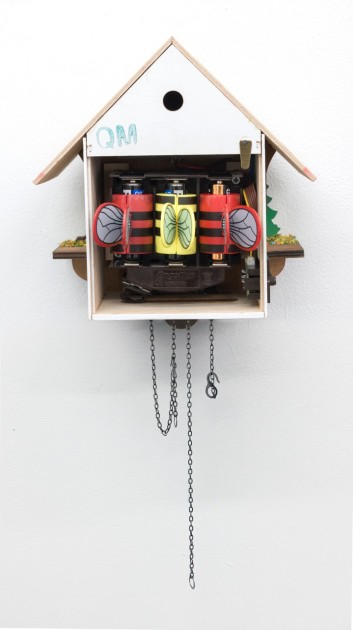
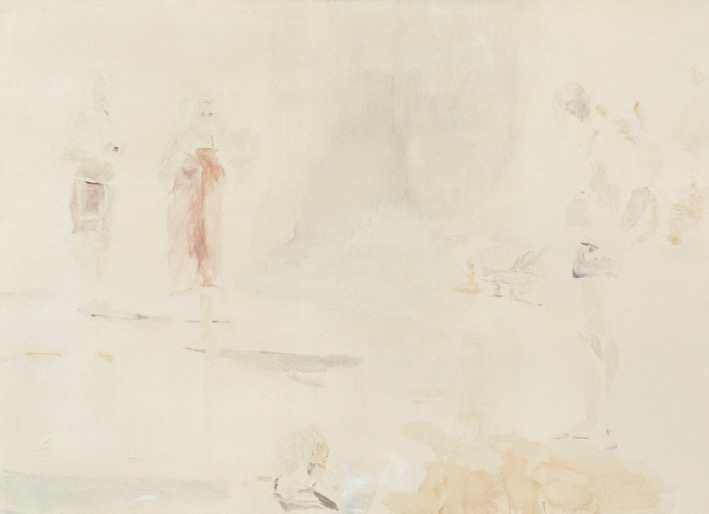
From your observation, are there any differences in the ways of collecting art by various generations of collectors, between younger and older generations?
Yes, there absolutely is. Personally, I often buy artworks after only having seen in the work in a simple pdf format, in combination with having thoroughly studied the artist and their work beforehand. Buying art of a pdf is something the older generations don’t do or even frown upon.
There are a couple of things that I believe have created this difference. Firstly, innovation – we, as young buyers, are more open to new ways of finding and buying art, and we expect galleries with a strong heritage to innovate. Secondly, buyers’ empowerment – the internet has given art connoisseurs a voice . Collectors are now experts and highly influential in helping to promote artists. Thirdly, people have less time, and are less focused and patient. We are the scroll-and-swipe generation, we try to reduce the amount of decisions we need to make and want to make our lives as efficient as we can.
You are very active on social media. Have you ever bought any art via Instagram before? How about buying art online?
As mentioned, the way people buy is transforming. Either the gallery needs to be on Instagram or the artist. I’m a big fan of Instagram, access to valuable information before others is key to success in the art market. It definitely is a good way to see a broad spectrum of works from all over the world. Instagram is a great tool to get a sense of the artist you are researching.
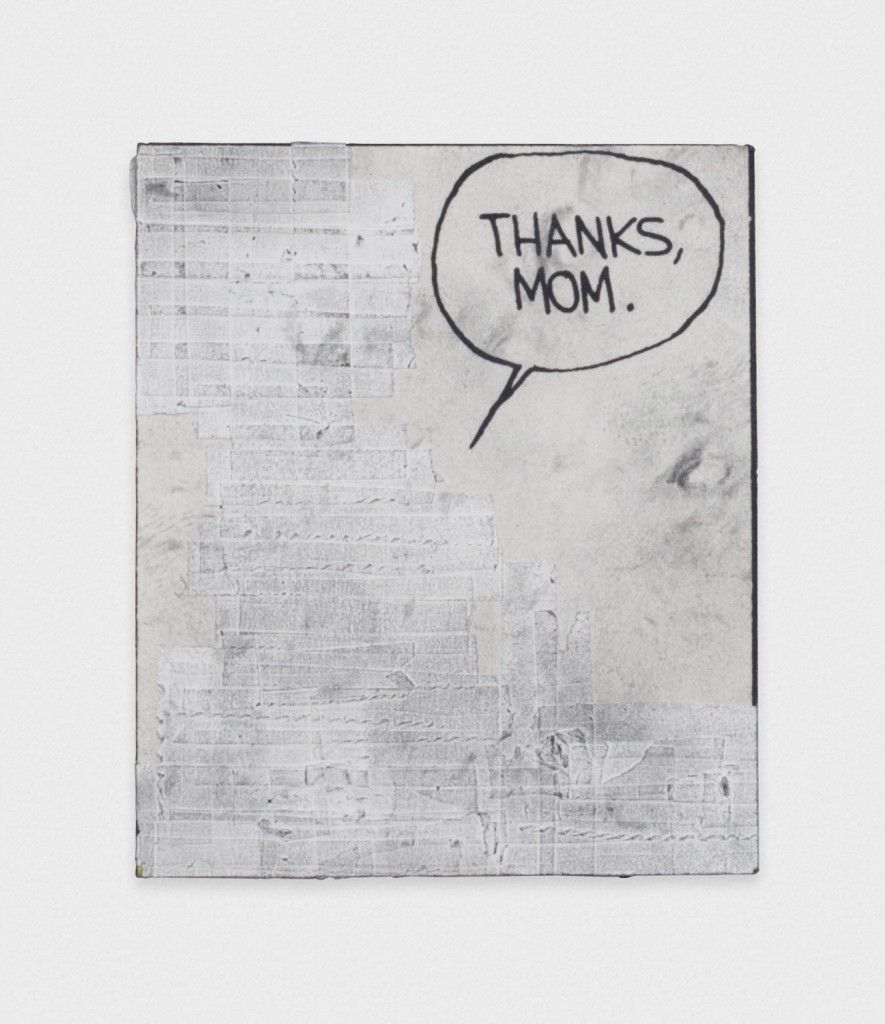
The Art World
Who inspires you the most in the art world?
Beatrix Ruf. The work she has done for the Stedelijk Museum in Amsterdam has taken the institution to a whole new level. Furthermore, the people who have mentored me and who have taken the time to support me along the way are of course an endless source of inspiration.
Can you name three emerging artists who should be on our radar?
Marina Pinsky (C-L-E-A-R-I-N-G), Melike Kara (Peres projects) and Chadwick Rantanen (Essexstreet Gallery)
As you work as a brand strategist/entrepreneur, what would be your advice for some of the start-ups in the art world?
Humans are emotional creatures, and we make our purchasing decisions based on how products promise to make us feel. Art is something you feel instantly before purchasing the work, which is why it is such a beautiful industry to work in. I have some ideas shelved for galleries, museums and art-data-driven startups on how they could innovate.
It’s also important to seek out people that truly understand the core of your business to help you develop, often startups don’t have the courage to be confident in their ideas. It’s important to keep re-inventing yourself, which also applies to galleries and artists.
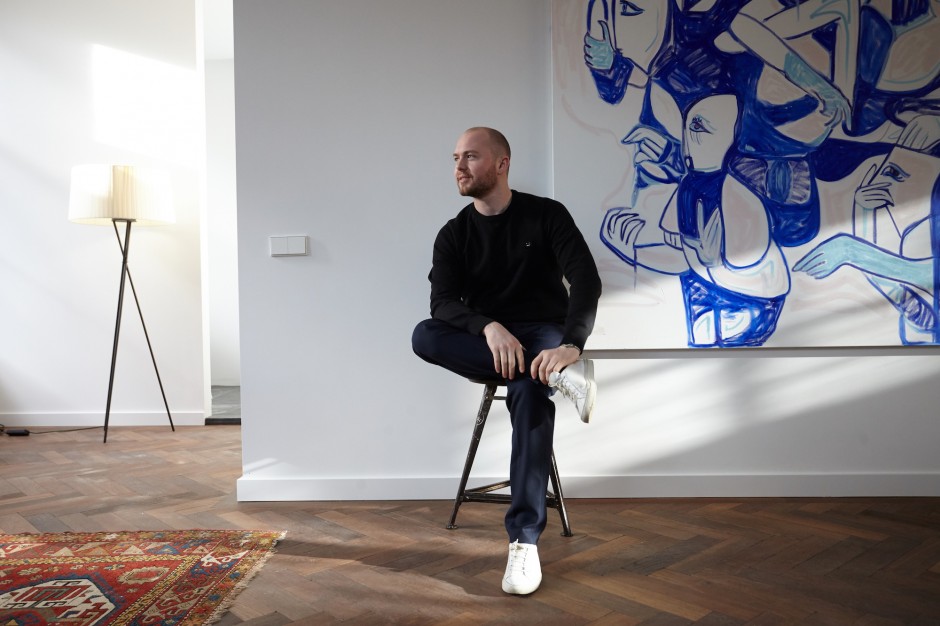
Instagram: @thefreddyshow
A selection of artists Freddy collects:
Dash Snow
Guy Yanai
Maaike Schoorel
Malike Kara
By Ricko Leung





